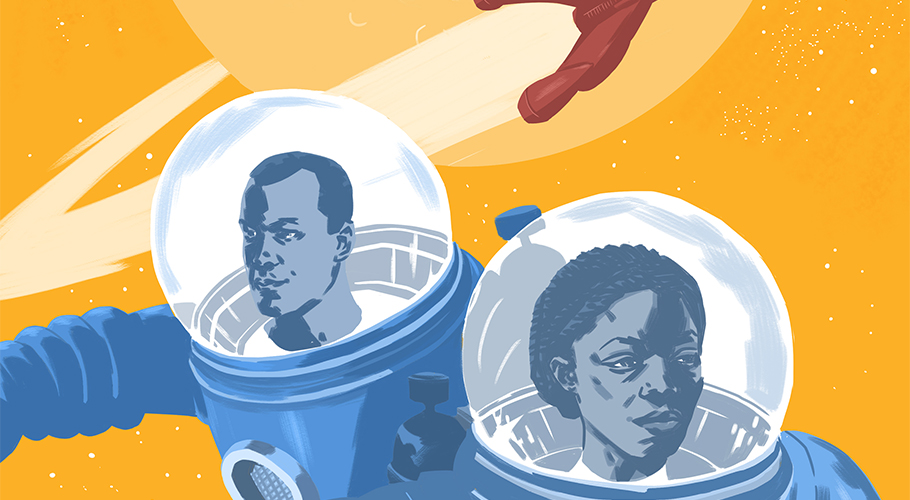As we are currently running the Uncanny Magazine Year Two Kickstarter, here’s a look back at how we accomplished the first one.
The Pithy Version
- Decide you really enjoy spending quality time with spreadsheets.
- Spend 150% more time sending email than you planned. You are now a professional emailer.
- Come up with an awesome mascot as an off-the-cuff joke to your designer.
- Love short SF/F. A lot. To the point of unreasonableness. Recommend and promote the stories you love in other venues for years, so people begin to trust your exquisite taste.
- Make peace with the notion that you will not be up to date on any of the latest TV series or films.
- Develop a stubborn streak (if you don’t have one already).
- Work as a submissions editor, or an associate editor, or just buy an established editor a drink or an appetizer so you can learn more about what they do.
- Learn about taxes.
- Learn about running small businesses.
- Learn about ebook formatting. In a minimum of 3 file types.
- Learn to lie about deadlines to contributors. Always.
- Have a plan B, C, D, and E for when things inevitably fall apart. Probably F, just in case.
- Buy plenty of bourbon and/or chocolate.
- Publish an issue you’re proud of featuring your best work, but always strive to make the next issue even better.
- Another 712 things we’re trying to remember. We know we wrote them down somewhere.
The Less Pithy Version
When we decided to Kickstart our own magazine, Uncanny Magazine, we’d been building up the skills to do it for many years. We had worked as editors on several nonfiction anthologies and Apex Magazine. We felt we knew how to edit a magazine that would be special based on our vision and previous successes (award nominations and increased sales wherever we were). We quite successfully Kickstarted an anthology, Glitter & Mayhem, with John Klima, who had some Kickstarter experience already. We learned a lot about Kickstarter from that project, but it’s always a challenge to move from a one-and-done project model to an ongoing magazine. We talked to magazine editors and publishers about how they did things, including John Joseph Adams, Christie Yant, Neil Clarke, Sheila Williams, C. C. Finlay, Irene Gallo, Julia Rios, and Sonya Taaffe. We talked to authors like Tobias Buckell, who has done some excellent analysis of how to Kickstart a project. Read More »
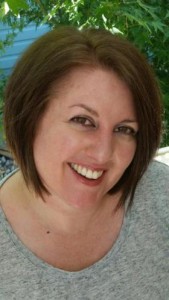
In collaboration with editors John Joseph Adams and Hugh Howey, A Dribble of Ink is proud to introduce a series of interviews with the authors of The End Has Come, the final volume in the The Apocalypse Triptych. Following on The End is Nigh, and The End Is Here, The End Has Come contains 23 stories about life after the apocalypse.
Interview with Leife Shallcross about “Wandering Star”
(Interview by Sandra Odell)
In “Wandering Star” you have created a modern day post-apocalyptic tale with absolutely no fantastic elements, and the work is all the more stunning for its apparent normalcy. What inspired this story?
This story sprang from a couple of different places. Not to get too political, but Australia’s record on its treatment of refugees has gone from bad to worse over the last few years, and some of the commentary you hear excusing our current framework comes from a place of woeful ignorance about the adversity these human beings are trying to escape. This story sprang from me trying to understand how profoundly life can change due to events beyond a person’s control (war, famine, climate change, political instability… asteroid impact). My starting point was to question how I would react in such a dire situation. But I was mostly interested in how it would be to live through that unbearable quiet before the storm, when you know change is coming but you’re still essentially living the life you’re going to have to let go of.
Following on from that, often after these kinds of cataclysmic events have passed, there aren’t necessarily formal records of what it was like to live through them, and historians are left with putting together something of a puzzle from everyday items that have been left behind. I drew inspiration for Jessie’s quilt from a nineteenth century quilt in the Australian National Gallery collection called the Rajah Quilt. It was made in 1841 by women convicts being transported from England to Tasmania (which was a hellhole back then.) The quilt was sent back to England after completion, and then vanished for 147 years before it was rediscovered and acquired by the gallery. I love the idea of the stories of all those anonymous women being stitched into that enormous quilt – stories we have an inkling of, but will really only ever be able to guess at. Read More »
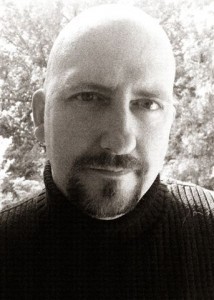
In collaboration with editors John Joseph Adams and Hugh Howey, A Dribble of Ink is proud to introduce a series of interviews with the authors of The End Has Come, the final volume in the The Apocalypse Triptych. Following on The End is Nigh, and The End Is Here, The End Has Come contains 23 stories about life after the apocalypse.
Interview with Jake Kerr about “The Gray Sunrise”
(Interview by Gwen Whiting)
The characters are under threat because of an encroaching astronomical event. What made you select this particular trigger for your apocalypse?
This is actually the fourth story set in this world. The original was “Biographical Fragments of the Life of Julian Prince,” which can be found in the Wastelands 2 anthology. John asked if I would be interested in setting my Apocalypse Triptych stories in that world, and so I wrote all three in them, all set in the same time frame and setting of an impending near extinction asteroid strike. Why did I originally choose an asteroid strike? I honestly can’t remember. My first thought was of a character and an epic event, and that was the first thing that popped into my mind! Read More »
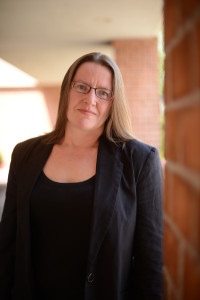
In collaboration with editors John Joseph Adams and Hugh Howey, A Dribble of Ink is proud to introduce a series of interviews with the authors of The End Has Come, the final volume in the The Apocalypse Triptych. Following on The End is Nigh, and The End Is Here, The End Has Come contains 23 stories about life after the apocalypse.
Interview with Elizabeth Bear “Margin of Survival”
(Interview by Jude Griffin)
How did “Margin of Survival” come about?
That’s one of those impossible questions, really, but I can at least manage to line up some of the sparks. Somewhere, some time ago, I read about the nuclear-powered, abandoned lighthouses left after the collapse of the Soviet Union, and of course I live in New England, which is known for its lighthouses—most of which are largely automated now as well. And that image of a beacon, forgotten on a beach somewhere after the end of civilization, struck me as incredibly poignant.
The story grew up around that, and some reading I’ve been doing on what Bruce Sterling refers to as “Involuntary Nature Reserves,”–places like the Chernobyl exclusion zone, where we’ve created such a toxic mess that people can’t safely live there anymore. Read More »
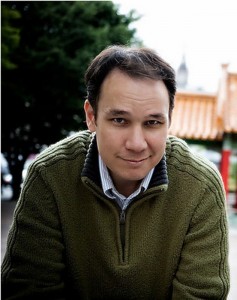
In collaboration with editors John Joseph Adams and Hugh Howey, A Dribble of Ink is proud to introduce a series of interviews with the authors of The End Has Come, the final volume in the The Apocalypse Triptych. Following on The End is Nigh, and The End Is Here, The End Has Come contains 23 stories about life after the apocalypse.
Interview with Jamie Ford about “The Uncertainty Machine”
(Interview by Jude Griffin)
“The Uncertainty Machine” begins with a wonderful air of self-absorption and irony that carries through the entire tale with delicious intent. Often humor of this sort is not easy to maintain throughout a story. What sort of challenges did you encounter when setting Phineas’s story to paper?
It’s a fine line between full-on, David Koresh crazy, and a perma-tanned, toupee-wearing host on QVC. I mean––you never know how much of their own bullshit they actually believe. It’s this weird balance of vanity and madness. So it was interesting to try and put myself in that headspace where ego (for a while anyway) can supersede reality. Read More »
